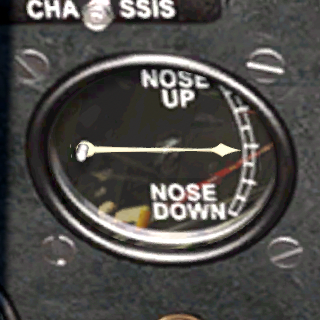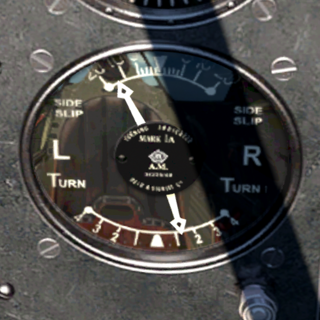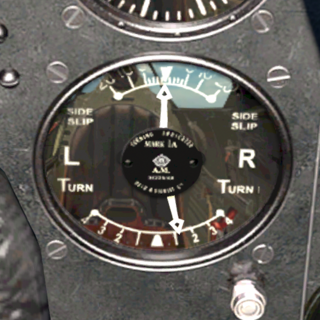-
.
Let's now go through our lest section of this Spitfire guide: The controls.
The spit has fabric covered surface controls in the early marks.
There are Rudder and elevator trim but no aileron one. Instead, the spit uses a "ground tab" that can only be moved by the ground crew prior the flight; it's set to let the aircraft perfectly trimmed on the ailerons at approximately 250 mph in level flight with combat engine settings.
Flaps can only be used in two positions, UP/DOWN, as we saw in the other posts.
There are only a few things to keep in mind about your surface controls while flying but they are quite important.FLAPS
The spit unlike the Hurricane or the 109 doesn't have some sort of stepped flaps. They can only be set on UP/DOWN position.
They are mostly used for landing and for really emergency take-off situation (for example a really short runway).
In combat, they can be handy in a case of an out-climb situation. When you are at the top of the climb and you want to squeeze all the performance from it drop down the flaps. That will delay the stall and you will be able to invert the heading earning all the energy you can get.
Some people use flaps in a desperate situation in stall fighting. You can do that but you really need TONS of practice not to waste all your speed and stall. remember that while the speed goes down the flap become almost an air-brake.TRIM
Trims are the key to fly at top performance. Especially your rudder trim is essential for your gunnery and energy management.
In the cockpit you have only an indicator for the elevator trim and not for the rudder.
IMHO it's pretty self-explanatory. If the indicator is set down means that you have nose-down and with the indicator up your aircraft is trimmed nose-up. Adjust the trim as you need it in your flight.
Tip#1: Some players prefer to have a little nose up almost every time, others prefer to be neutral and also others prefer to have the aircraft to be trimmed nose-down. That's up to you, try and see what you prefer.
Tip#2: Remember that if you increase or decrease the power you'll need to re-trim the aircraft.
As said before you don't have an indicator that tells you the current position of the rudder trim. But that doesn't matter too much because you'll use your slip indicator (the upper arrow) to see if your aircraft is currently trimmed and that you are not "crabbing".
And that's is ESSENTIAL when it comes to shooting.
Let's see an example.

In the left image the aircraft is not "crabbing" the red arrow represents the direction of the plane while the green ones are the projectile trajectory.
If you take a look at the right picture you can see that while the red arrow is going in the same direction, so the aircraft is moving in the same way as the one in the left image, the projectiles this time left the plane in a totally different way.
As you can imagine this is bad for your gunnery.
The solution is always to keep your Spit trimmed using the slip indicator. If the top arrow is at the center you are good to go, if it's on one side you need to trim the plane.
This show an aircraft that need to be trimmed. Do you see how the needle is away from the center?
This one is mostly good. The aircraft will shoot straight and will generate less drag and will lose less Energy.
Tip: In the command options you can set various "reset trim" keys. It's not 100% historical but can help you mostly for the rudder since you got no indicator.
Edited by 5th_Barone - 15/1/2018, 20:52.
Surface controls |


